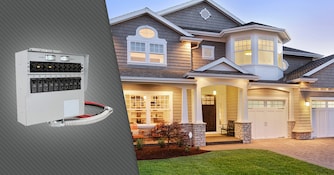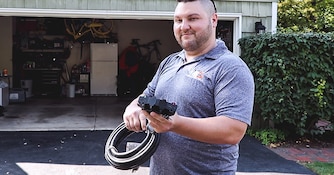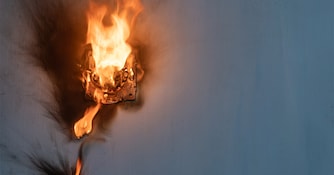
How to Hook Up a Generator
Buying an emergency generator is a great first step in protecting your family from power failure. But, even the most diehard prepper cannot predict the next power outage.
There are 2 ways to connect a portable gas generator to a home: plugging in each appliance with individual cords or powering a circuit panel using a transfer switch.
Cords vs Power Transfer Systems
During storm season the biggest question we get is: "What's the difference between extension cords, generator cords, and using a switch?"
The answer is quite simple. It all comes down to convenience and safety. Let's break down both types and how they're used.
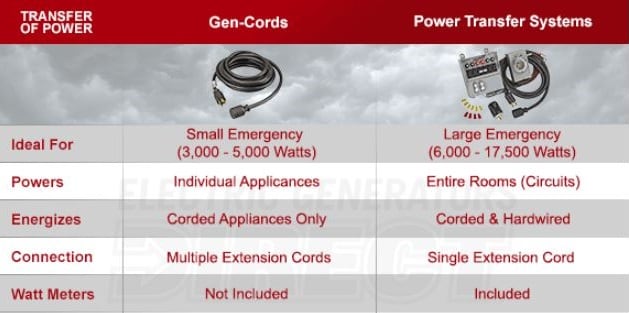
Connecting a Portable Generator To a House
No matter what type of generator you have, always consult the owner's manual for detailed instructions and safety guidelines prior to operation. Under no circumstances should you plug a generator into a wall socket, known as backfeeding. If you go the transfer switch route, get a professional installation.
Extension and Gen-Cords
- Follow the generator pre-start checklist.
- Move the generator outside (min. 10ft away from openings).
- Connect generator to indoor appliances by one of the following ways:
- Run one gen cord from the generator and connect multiple appliances.
- Run several extension cords from outside to connect to appliances.
- Start the generator.
Transfer Switches
- Connect the generator to the transfer switch using a gen cord.
- Start the generator outside.
- Flip the main breakers in the transfer switch from "Line" to "Generator" power.
- One at a time, turn on the circuits you want to power.
How Should I Connect My Generator?
Extension Cords
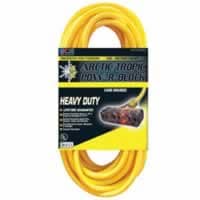 Obviously, the cheapest way to connect your generator is by using extension cords. Except they don't allow you to use the full power of a large generator. It's like paying for something, but only being able to use half of it.
Obviously, the cheapest way to connect your generator is by using extension cords. Except they don't allow you to use the full power of a large generator. It's like paying for something, but only being able to use half of it.
What isn't so obvious is that extension cords are time-consuming and potentially hazardous to use, especially during a blackout in a heavy storm. In fact, using the wrong gauge, length, or a worn out wire can be outright deadly, posing shock and fire hazards.
If you're using an inverter, and you only need to power a couple appliances like a refrigerator and some lights, a proper extension cord will do the job.
Generator Cords
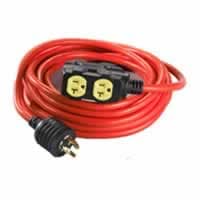 If you're using a mid-sized generator and comfortable plugging in appliances during a storm but still want to use cords, your best bet is to invest in a Gen-Cord.
If you're using a mid-sized generator and comfortable plugging in appliances during a storm but still want to use cords, your best bet is to invest in a Gen-Cord.
You simply plug the gen cord into the 20- or 30-amp outlet on your generator. The opposite end splits into several household outlets, where you can start connecting additional extension cords safely indoors.
Power Transfer Systems
The best option in terms of power, safety, and convenience, when connecting a large portable generator, are power transfer systems. They contain everything you need to hook up your generator to your house.
More importantly, power transfer systems energize entire circuits instead of appliances. They can power hard-wired appliances - like air conditioners, furnaces, security systems, and lights.
Although we’ve discussed electrical hookup options, if you have a tri-fuel generator, you may want to connect it to your home’s natural gas line too.
To accomplish this, you will need a professional plumber to adapt your home’s natural gas line to accommodate the new connection. Many times, this involves installing a separate branch for the generator immediately after the gas meter. This is similar to connecting a gas barbeque grill to your home.
Once your natural gas line is adapted, all you need to do is connect the generator. This is done using a natural gas hose, which comes included with many tri-fuel generators, such as the Westinghouse WGEN11500TFC.
Follow these steps when connecting your generator to your natural gas line:
- Ensure the generator is off and cool.
- Verify that the gas is turned off at the natural gas supply line.
- Straighten the natural gas hose to prevent kinks
- Thread the hose to the natural gas supply line. Be careful not to cross-thread it.
- Connect the natural gas hose to the generator. Many hoses come with a quick-connect collar for faster connections.
- Set your generator’s fuel source to natural gas
- Turn the gas on at the supply line and fire up your generator
Once properly installed, the natural gas fuel option is the most hassle-free way to power your portable generator.

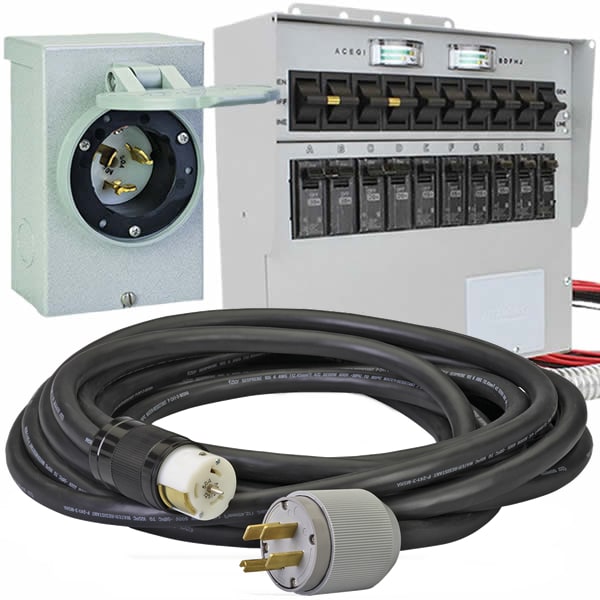

![Top 7 Best Portable Generators of 2025 [Expert-Picked]](https://www.electricgeneratorsdirect.com/article-image/334/social_img_676_a055bd9aa12972e825fa41373629af3d.jpg)
